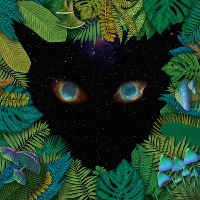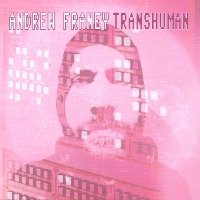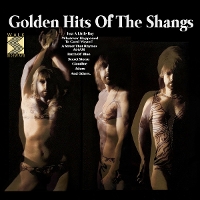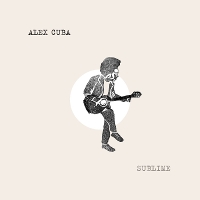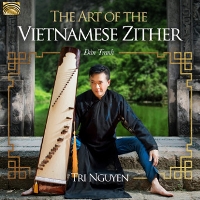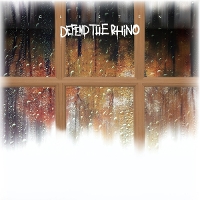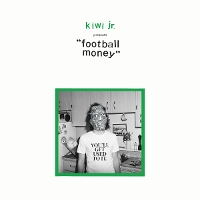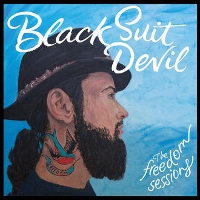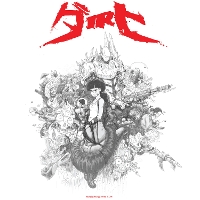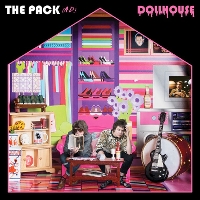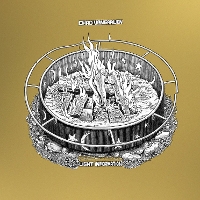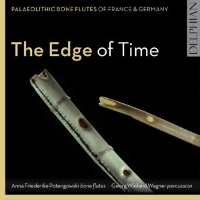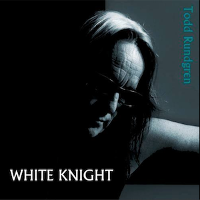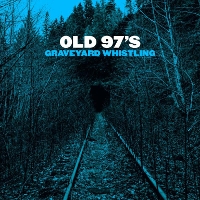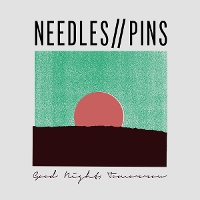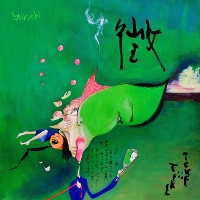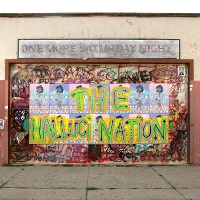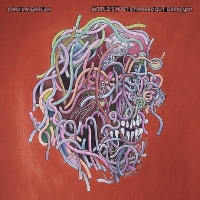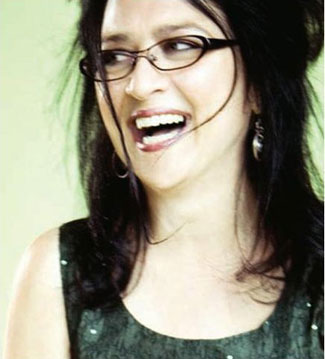
Spring Has Sprung! The Susie Arioli Interview
Spring is a time for new things and Susie Arioli brings a larger ensemble to her new CD with that name.
Susie Arioli grew up in Toronto, but ended up in Montreal. She is bilingual. She met guitarist Jordan Officer at a jam and they formed the Susie Arioli Swing Band. She has appeared across Canada in the past and was awarded the Oscar Peterson Award at Montreal International Jazz Festival. She has also been nominated for three Juno Awards. She has released at least nine CDs and many have been bestsellers in Canada. Some of her CDs are a mix of straight ahead jazz, swing, pop and even country and therefore appeal to a very wide audience. Her new CD Spring is one of these. For this CD she has enlisted the help of the legendary Don Thompson teacher, arranger, keyboard and vibes player and the top-level lineup – consisting of the rhythm section of Terry Clarke (drums), Neil Swainson (bass) and Reg Schwager (guitar) and their cohorts on winds, Phil Dwyer, Andy Ballantyne, Shirantha Beddage, Kevin Turcotte and Kelsley Grant. She also composed four of the tracks on Spring. In concert she sings and often plays the snare drum. On a recent wintery afternoon, I spoke to her from her home in faraway Montreal.
JD: I want to talk to you about your new album Spring and what’s going on in your life, but maybe a little bit of background first. So, you are a vocalist and do some drumming. You must have some musical background. Where did you first start learning music?
SA: We did have music lessons as children. I did have piano lessons and never did the practice. I didn’t want to do that. In grade school we were told to pick an instrument. (Later Susie told me, “… my dad already had a flute in the house so my mom 'suggested' I use that). I picked flute and that was my instrument for many, many years. So, playing in band and meeting the guys in stage band, kind of introduced me to jazz. The attraction of guys playing music together, really had me hanging around band room all the time. That was where I had the most fun. In a way I was really mesmerised by that. I was never really told to shut up, except by my friends. I never really got a bad response, so I guess I kind of was encouraged, so at one point I started singing back up with my sister, who was writing songs and playing guitar. So I started learning about harmony and putting it into practice. Before I would listen to music and have so much fun, especially with someone like Aretha Franklin, who doesn’t sing in my range, but I wanted to sing the same phrasing because I was practicing how to be a vocalist I guess, so I would harmonize with her and it would sound nice. So I really got a love of harmony and rhythm from a really young age. So anytime an opportunity would come I would jump on it and see what the natural result would be.
JD: So, that explains the progression taken in becoming a vocalist. You have quite a few albums out. How many?
SA: I have nine studio albums, I think.
JD: We, happily, have many of them. I like your selection of songs on your albums. You don’t just stick to jazz standards, and I should report that you do jazz standards wonderfully, but you pull out musicians that aren’t often featured on a jazz album. On one of your CDs you have many versions of songs by Roger Miller. I like your versions of Jimmy Webb songs. So, how do you pick a composer? What’s the criteria for putting their songs on certain CDs?
SA: For Roger Miller in particular—“The Big Hurt” for instance was on our first album and I think on our fifth album and it’s still in the show. It’s a total pop song, but if you look at what drives it. Rhythm and music and authenticity for lack of a better word. It’s just so moving. It’s a pop song and if you do it authentically, you don’t have to make it a jazz song and get cute, you know, or put your tongue in your cheek. You just do it and you can kind of blur boundaries without belittling anything because it is good music! I would hazard to guess that most musicians are inspired by a variety of art and other stimulus. If you listen to Roger Miller, you might just know of, not to belittle it, just his pop hits, like “Chug-a-Lug” (laughs) that are kind of funny because he is an amazing genius when it comes to writing puns and when it comes to having lines that fall into the other lines that kind of hit you in the “cute” in a non-annoying way, yet are perfectly rational. So, he has this collection of beautiful love songs, that Jordan (Officer) was introduced to by, maybe Michael Ball. So you hear these gorgeous songs non-stop and I guess the beauty of being in jazz is that we are allowed to make forays into the non-sacred jazz ground. Is that right? Jazz, to me, means beautiful chords. That’s the difference to me. There’s a crap load of chords, a crap load of suttle audio treasures for your ears. They are there in Roger Miller songs and I’m just using him as an example. I always seek a beautiful melody that is irresistible to me. I figure if I like it, others will like it and if it has a good story what else do you need?
JD: That makes sense. For your new album Spring, did you do the arranging yourself?
SA: The arranging of this album was done by Don Thompson.
JD: Oh, wow! Heavyweights.
SA: I treated myself.
JD: I think you treated all of us.
SA: (Laughs) Nice! Really fun to be with people that are soaking in it. They’ve just been musicians for—whatever—50 years. That’s what they are doing. It’s a beautiful sight. They are great company. They are people that are happy in their skins and good at what they do and can’t resist making beautiful music. God! Can’t get better company than that for me.
JD: Most of your CDs have you and Jordan Officer and a couple of others. This CD has a little, big band, basically and quite the names. I love Kevin Turcotte’s trumpet playing. Every time I see or hear him I just go, “Oh, God. Why isn’t this guy around here more.” He’s an incredible musician and Phil Dwyer and the rest. How did you round these guys up?
SA: I kind of knew of the royalty, but it never occurred to me to approach them. I’ve always been in my little Montreal bubble, you know. But John Snyder who I worked with on my second or third CD—I got in touch with him and wanted to work with him. He’s the one who suggested them as he has connections. He used to work with them all the time. So that was the introduction. It was, “We can do that. Let’s give it a try.” Kevin, Phil and all the other guys studied under Don. So really a nice, complicit group of people were playing. So really it was because of John. I feel into “the pool” with them for seven days and suffered many weeks of withdrawal when it was all over. I’ll tell ya.
JD: Got spoiled, eh (laughs).
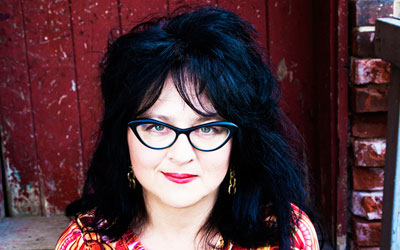
SA: It was really sick. It was a like a big slap in the face. A good slap you know. Like those awakenings. Coming back you know, was like I want to go back in the studio and keep doing that.
JD: Susie, on your new CD Spring, like we’ve mentioned, you do a variety of different kinds of tunes. I sort of got a Bo Diddley vibe off “Dearest Darling,” and I got a Patsy Cline vibe off “Lonely, Lonely Nights” and really enjoyed the variety. How do you switch it up when you are singing—getting from one to the other and keep in control?
SA: Thanks. They are all stories. To me, every song is a story. Every story has a voice. I always try to find a song where I can find myself in that, because it is more relaxing to not have to force. There’s theatre involved—part acting involved in interpreting a song, I think. Probably, even being an instrumentalist, there is theatre involved. You are in show business. I’m making stuff for people to take (laughs). It’s all about that. So I want to tell a story. I want to tell a story that’s believable, so I would believe. I have to, like I just said, find myself in it, so I can give an authentic interpretation, so everything kind of falls into place. That’s the thing. It’s true that there’s different voicing. Some of the voicing is cloying, or cute, caring kind. It depends on the message. An example that I always use it that you are not going to yell at your lover that you love him, unless I guess you are both plummeting off a cliff. You know what I mean? It’s all about context. If you are talking to a baby you are going to use a certain voice. You’re not going to be too artificial, but you use a tone that’s appropriate to each situation. I guess that’s what the challenge is. One of the challenges to me is to assemble the thought and make it like it’s true.
JD: That makes sense. Is it more difficult during a live show to switch from different tempo, different style of song? Obviously when recording you can do one song one day and another the next. It’s not so immediate.
SA: No, you know if you deliberately lie, you have to keep the story straight. That’s an added pressure, let’s say. So, if you don’t have to lie, everything comes natural to you. Do you know what I mean? So I know the songs and I got to work them out. They are my friends. They’re the stories I want to tell so, it comes very naturally. That’s the fun thing about authenticity is that it is ergonomically correct, super easy. You don’t have to think too hard. You can think more about other things. You can concentrate on being present and not worrying about what’s the mask I have to wear for this. It’s not a mask, it’s just part of your personality and once you know it, you just go there. Shows are really fun for that, because you see the people’s faces sometimes and we have a communication. That’s the electric fun that we get in a live show and we are communicating.
JD: Ya, I had the pleasure of seeing you, I think in 2002, at the Vancouver International Jazz Festival and you were playing on the stage behind the Art Gallery. I think I remember people swing dancing in the pool. It was a good time. I got some photos and it was fun.
SA: Right on!

JD: Speaking of festivals, do you have any plans for the festival season?
SA: Ya, I don’t know man. Every time I play across Canada, it’s always a great response. Lot of people. Sell a lot of CDs. But, it’s really hard getting the gigs. I don’t know, I haven’t been invited to play the festivals in years. The only festivals I play are around where I live—Quebec and Montreal. It’s a normal thing to do it every couple of years. I don’t understand it, myself. I’m a Canadian gal, born and lived in Toronto for a long time. I thing without enough media attention and Canada is such a segregated place in a sense. It’s so huge and undensely populated. Guys from BC, like Ridley Bent. I’ve never seen him in Quebec—Montreal. He’d do great here. I don’t know what keeps us so apart. I would love to come to the rest of Canada and see everybody. I obviously can’t do it on my dime, because it’s really expensive. That thing that people do, where you get invited to jazz festivals and then apply for travel grants. That’s very useful in Canada. That hasn’t happened in such a long time and I really miss being able to see my brethren. So if anyone knows their guy or gal, approach them, because I’d really love to come and see them and play. Especially the new material that’s so much fun.
JD: It certainly is. Well, I hope that does clear up for you. Like you say, without a Canada Council grant it’ tough. This country is so big and so expensive, it is difficult to tour. I totally understand that.
SA: It is a very peculiar situation in Canada, and our relationship with grants, which can seem kind of anti-commercial, anti-independent, in a way, sometimes. When you consider it, many artists can’t get across the country to Vancouver. That’s just our lot I guess (laughs) because we’re only a fraction in the big, blue sea. It’s just that we are so sparsely populated. There’s not much we can do about it.
JD: Ya, that is true. Well, your new CD is called Spring. How does somebody get it?
SA: You can go on Amazon. They have plenty. You can go on iTunes and you can go to my website, I suppose. You might be better off going on Amazon and getting it the next day and iTunes you can get it in ten seconds.
JD: Thanks for talking with me and good luck with your new CD Spring and I hope to see you in BC again, one of these years.
SA: Thanks, Jim.
Susie Arioli’s website is: http://susiearioli.com/en/

